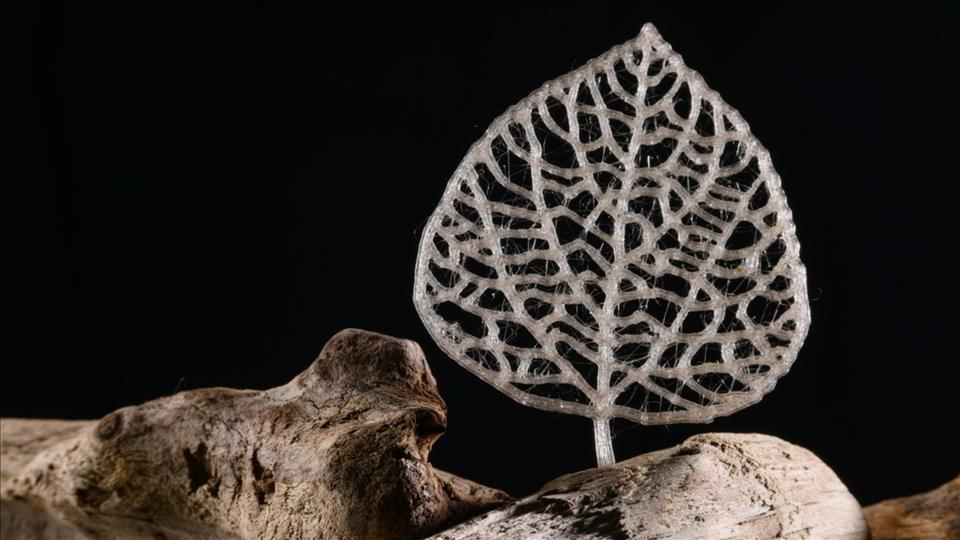
PET-Like Plastic Developed From Biomass Waste
Scientists in Switzerland and Austria have created a new PET-like recyclable plastic that can be easily made from the non-edible parts of plants. The promising tough, heat-resistant plastic could be used for food packaging.
This content was published on June 27, 2022 - 10:01 June 27, 2022 - 10:01 EPFL/sb- Português (pt) PET desenvolvido a partir de resíduos de biomassa
Researchers from the Federal Institute of Technology Lausanne (EPFL) and the University of Natural Resources and Life Sciences, Vienna, have successfully developed a plastic from biomass, similar to PET, that meets the criteria as an environmentally friendly alternative to several existing plastics.
Numerous scientists around the world are working on degradable or recyclable polymers made from non-edible plant material, or“lignocellulosic biomass”. But the research is complex. Now teams in Switzerland and Austria, led by Jeremy Luterbacher at EPFL's School of Basic Sciences, believe they have found an ideal solution.
“We essentially just 'cook' wood or other non-edible plant material, such as agricultural wastes, in inexpensive chemicals to produce the plastic precursor in one step,” says Luterbacher.“By keeping the sugar structure intact within the molecular structure of the plastic, the chemistry is much simpler than current alternatives.”
The technique is based on a discovery that Luterbacher and his colleagues published in 2016External link , where adding an aldehyde, an organic compound, stabilised certain parts of plant material and prevented their destruction during extraction.
“By using a different aldehyde – glyoxylic acid instead of formaldehyde – we could simply clip 'sticky' groups onto both sides of the sugar molecules, which then allows them to act as plastic building blocks,” explains Lorenz Manker, the study's first author.“By using this simple technique, we are able to convert up to 25% of the weight of agricultural waste, or 95% of purified sugar, into plastic.”
The plastics produced could potentially have a wide range of uses, say the researchers: from packaging and textiles to medicine and electronics. The team have already developed packaging films, fibres that could be spun into clothing or other textiles, and filaments for 3D-printing.

Legal Disclaimer:
MENAFN provides the
information “as is” without warranty of any kind. We do not accept
any responsibility or liability for the accuracy, content, images,
videos, licenses, completeness, legality, or reliability of the information
contained in this article. If you have any complaints or copyright
issues related to this article, kindly contact the provider above.


















Comments
No comment